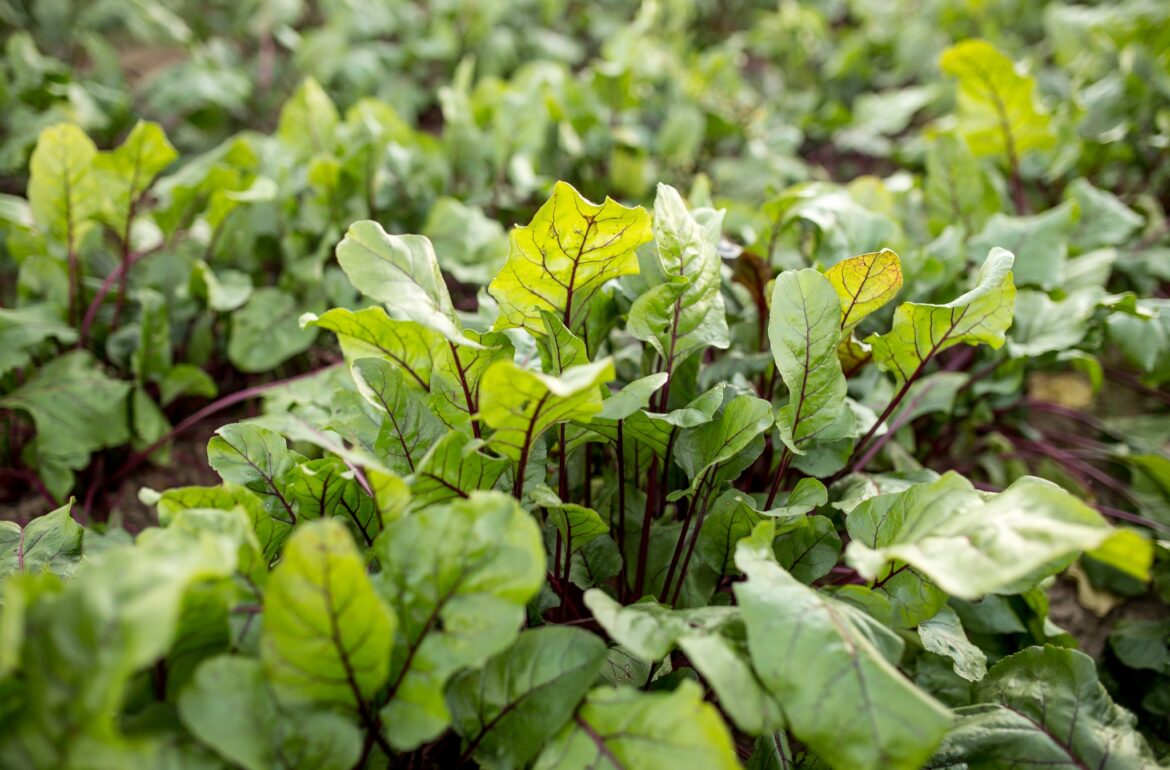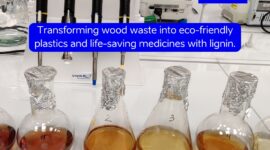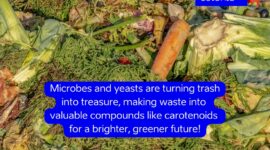A general rise in air temperature damages plant photosynthesis. During a hot period, plants also emit an odour which indicates cellular damage, as is evident in a recently defended doctoral thesis by Kaia Kask.
Plants are susceptible to various abiotic factors during their growth, such as low and high temperatures, drought, and excess water and light. According to Kaia Kask, rising temperature is one of the most topical issues at this time, as it threatens the ecosystem as a whole.
Therefore, Kask decided to study plant species separately. She was interested in the effects of heat stress on the photosynthesis and volatile organic compound emissions in black mustard and tobacco.
“Both the black mustard and tobacco experienced strongly reduced stomatal conductance and negative carbon fixation at higher temperatures,” said Kask describing the results. According to her, this indicates extensive damage to the photosynthetic processes and the prevalence of respiration.
In the case of black mustard, heat stress caused the emissions of species-specific glucosinolate breakdown products together with green leaf volatiles. Both volatile groups indicate cellular damage.
At higher temperatures, tobacco also emitted similar green leaf volatiles. Furthermore, tobacco emitted other characteristic volatile compounds which indicate the increased heat stress it had to endure.
According to Kask, these results improve the understanding of species-specific responses of plant photosynthesis and volatile organic compound emissions. In particular, heat stress severity and type affect volatile organic compound emissions from the leaves.
“Volatile organic compounds play a key role in plant-plant, plant-insect and plant-insect-environment relationships,” added Kask.
The doctoral thesis defended at the Estonian University of Life Sciences can be found here.
The translation of this article from Estonian Public Broadcasting science news portal Novaator was funded by the European Regional Development Fund through Estonian Research Council.
 Back
Back



